Growing Environmental Regulations
The tightening of environmental regulations is influencing the FRP Pipe Market significantly. As governments worldwide implement stricter policies to reduce environmental impact, industries are compelled to adopt more sustainable practices. FRP pipes, which are often manufactured using eco-friendly processes and materials, align well with these regulatory requirements. The market for FRP pipes is likely to expand as companies seek to comply with environmental standards while maintaining operational efficiency. It is estimated that the market for sustainable piping solutions, including FRP, could grow by over 6% annually as industries adapt to these regulations, thereby propelling the FRP Pipe Market.
Expansion of Renewable Energy Projects
The expansion of renewable energy projects is emerging as a key driver for the FRP Pipe Market. As the world shifts towards sustainable energy sources, the demand for efficient piping solutions in wind, solar, and hydroelectric projects is increasing. FRP pipes are particularly suited for these applications due to their lightweight nature and resistance to environmental factors. The renewable energy sector is projected to grow significantly, with investments expected to exceed USD 2 trillion by 2030. This growth presents a substantial opportunity for the FRP Pipe Market, as companies seek reliable and durable piping solutions to support their renewable energy initiatives.
Technological Innovations in Manufacturing
Technological advancements in the manufacturing of FRP pipes are driving the FRP Pipe Market. Innovations such as automated production processes and improved resin formulations have enhanced the performance characteristics of FRP pipes, making them more appealing to various sectors. These advancements not only increase the efficiency of production but also improve the quality and reliability of the final product. As manufacturers continue to invest in research and development, the FRP Pipe Market is expected to benefit from enhanced product offerings that meet the evolving needs of end-users. The integration of smart technologies in manufacturing processes may further boost market growth.
Increased Investment in Water Infrastructure
Investment in water infrastructure is a significant driver for the FRP Pipe Market. Governments and private entities are increasingly allocating funds to upgrade aging water supply systems and enhance wastewater management. The need for efficient and sustainable water management solutions has led to a surge in the adoption of FRP pipes, which offer lightweight and high-strength alternatives to traditional materials. Recent reports suggest that The FRP Pipe Market is expected to reach USD 1 trillion by 2027, with a substantial portion of this investment directed towards the implementation of advanced piping solutions. This trend underscores the growing importance of FRP pipes in modern infrastructure projects.
Rising Demand for Corrosion-Resistant Materials
The increasing need for corrosion-resistant materials in various industries is a primary driver for the FRP Pipe Market. Industries such as oil and gas, chemical processing, and water treatment are particularly reliant on materials that can withstand harsh environments. FRP pipes, known for their durability and resistance to corrosion, are becoming the preferred choice. According to recent data, the demand for FRP pipes is projected to grow at a compound annual growth rate of approximately 5.5% over the next five years. This trend indicates a shift towards materials that not only enhance operational efficiency but also reduce maintenance costs, thereby driving the FRP Pipe Market forward.


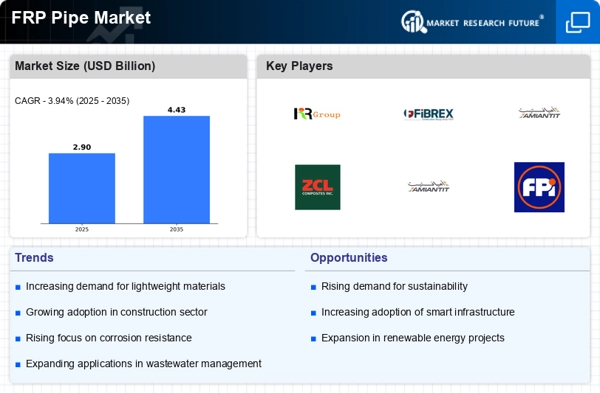
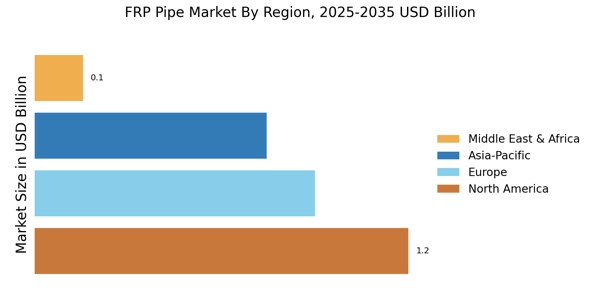
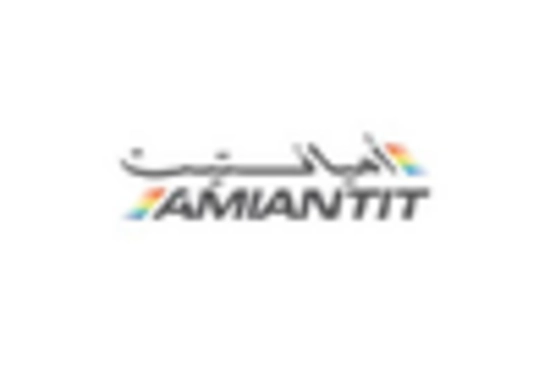
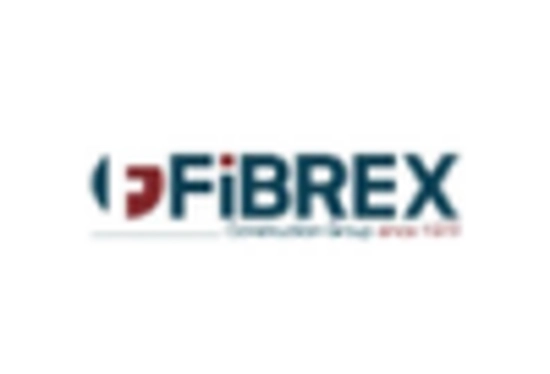
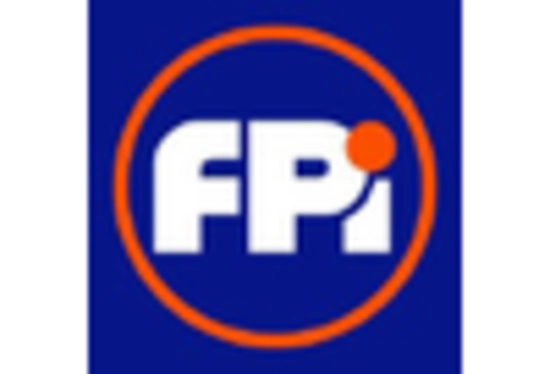




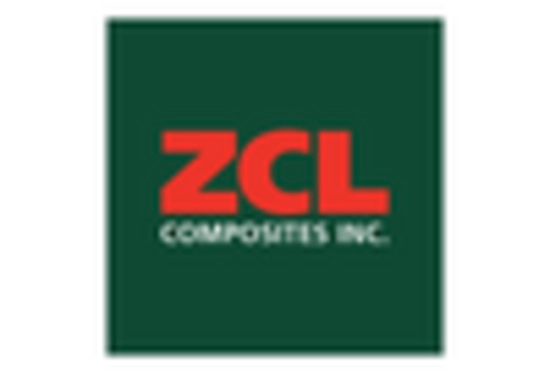








Leave a Comment